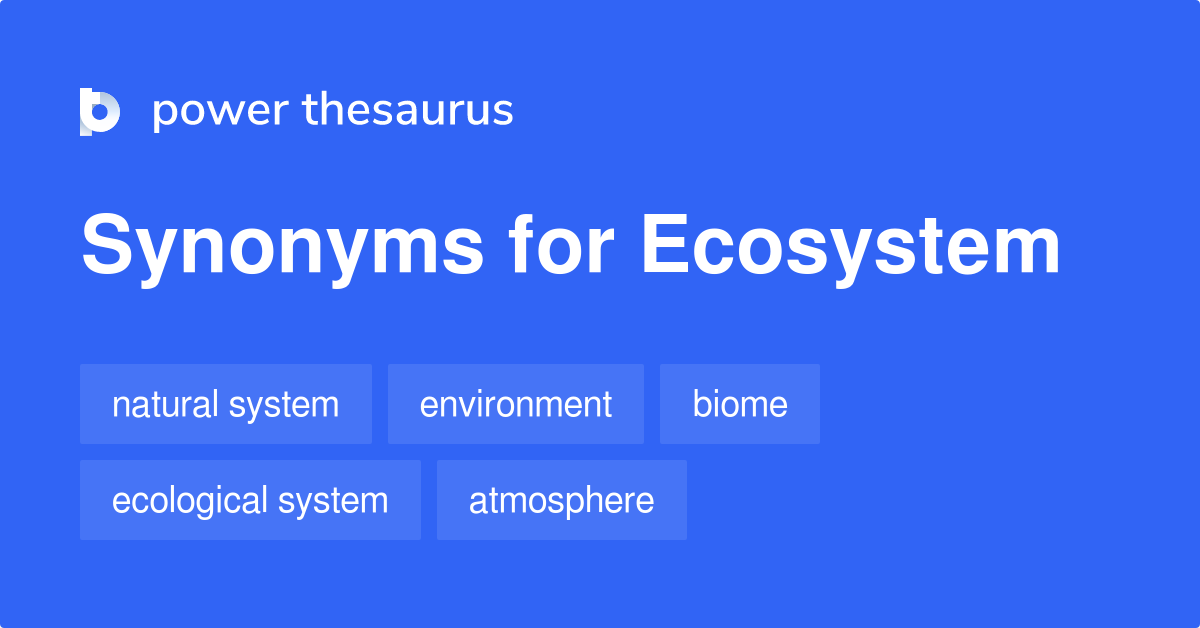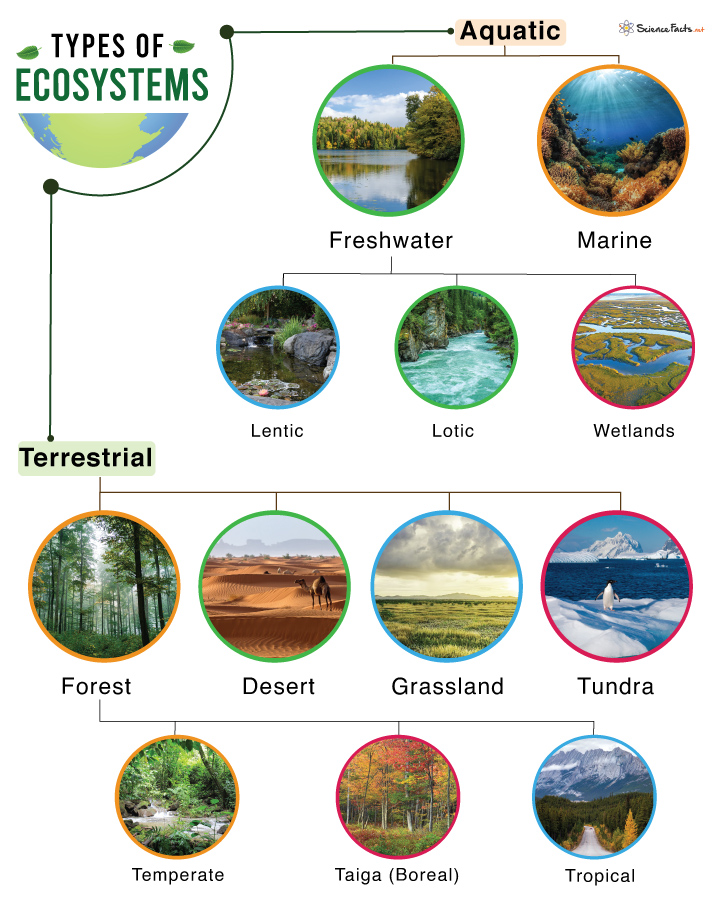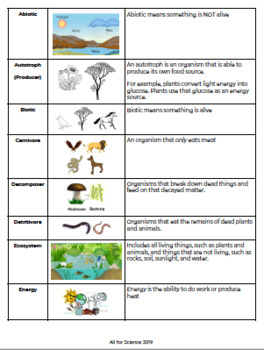Topic define aquatic ecosystems: Dive into the heart of aquatic ecosystems, where life thrives beneath the surface, unveiling the critical role and diverse beauty of our planet"s water-based habitats.
Table of Content
- What is the definition of aquatic ecosystems?
- Definition and Importance of Aquatic Ecosystems
- Types of Aquatic Ecosystems
- Physical Characteristics of Aquatic Ecosystems
- Biological Components and Biodiversity
- Functioning and Ecosystem Services
- Threats to Aquatic Ecosystems
- YOUTUBE: Aquatic Ecosystems: Characteristics, Types, and Examples
- Conservation and Restoration Efforts
- Role of Aquatic Ecosystems in Climate Regulation
- Human Activities and Their Impact
- Research and Monitoring of Aquatic Ecosystems
What is the definition of aquatic ecosystems?
An aquatic ecosystem is a type of ecosystem that is found in and around bodies of water. It is distinct from terrestrial ecosystems that are found on land. Aquatic ecosystems are characterized by the presence of water and support a wide range of plants and animals.
Here are some key features and components of aquatic ecosystems:
- Water: The primary defining feature of an aquatic ecosystem is the presence of water. It can be freshwater, such as lakes, rivers, and ponds, or saltwater, such as oceans and seas.
- Plants: Aquatic ecosystems include various types of plants, such as algae, seaweed, and aquatic plants. These plants play a crucial role in the ecosystem by providing oxygen, food, and shelter for other organisms.
- Animals: Aquatic ecosystems support a wide variety of animal species, including fish, crustaceans, amphibians, reptiles, and various aquatic mammals. These organisms have adapted to live in water and rely on it for survival.
- Microorganisms: Microscopic organisms like bacteria and plankton are also an essential part of aquatic ecosystems. They play crucial roles in nutrient cycling, decomposition, and maintaining the overall balance of the ecosystem.
- Physical factors: Aquatic ecosystems are influenced by various physical factors, including temperature, light availability, water depth, flow rate, and nutrient levels. These factors affect the distribution and abundance of organisms within the ecosystem.
- Interactions: Within aquatic ecosystems, there are complex interactions and relationships between different organisms. These interactions can include predation, competition for resources, symbiosis, and various forms of reproductive and social behavior.
Aquatic ecosystems are vital for the overall health and functioning of the planet. They provide a habitat for numerous species, help in regulating the water cycle, and contribute to the global carbon cycle. However, aquatic ecosystems are also vulnerable to various threats, including pollution, overfishing, habitat destruction, and climate change. It is crucial to protect and conserve these ecosystems to ensure their sustainability and the well-being of the organisms that depend on them.
READ MORE:
Definition and Importance of Aquatic Ecosystems
Aquatic ecosystems encompass the vibrant, water-based environments on Earth, ranging from vast oceans and seas to rivers, lakes, and wetlands. These ecosystems are crucial for maintaining biodiversity, supporting a wide array of plant and animal species, and providing essential services to human society.
- Biological Diversity: Aquatic ecosystems are home to a significant portion of the world"s biodiversity, including numerous fish, plants, and microorganisms unique to these habitats.
- Ecosystem Services: They play a vital role in carbon sequestration, regulate climate, and are essential for the water cycle and purification processes.
- Human Well-being: Beyond their ecological importance, these ecosystems contribute to human economies through fisheries, tourism, and recreation, highlighting the intrinsic value of preserving aquatic environments.
Understanding and protecting aquatic ecosystems is not only about preserving nature"s beauty but also about sustaining the ecological balance that humans and wildlife alike depend on for survival.

Types of Aquatic Ecosystems
Aquatic ecosystems are categorized based on their salinity, depth, and water flow, into two main types: freshwater and marine ecosystems. Each type supports a unique array of life forms adapted to their specific environmental conditions.
- Freshwater Ecosystems: These include rivers, lakes, streams, ponds, and wetlands. Freshwater ecosystems are characterized by low salt concentrations, hosting species that are adapted to these conditions.
- Marine Ecosystems: Covering over 70% of the Earth"s surface, marine ecosystems include oceans, seas, coral reefs, and estuaries. They are known for their high salt content and biodiversity, especially in coral reefs, which are often referred to as the rainforests of the sea.
Each ecosystem type plays a crucial role in the global ecosystem, contributing to biodiversity, climate regulation, and providing resources for human use. Understanding the diversity within aquatic ecosystems is key to their conservation and management.
Physical Characteristics of Aquatic Ecosystems
The physical characteristics of aquatic ecosystems, such as light penetration, temperature, depth, and flow, play a crucial role in determining the types of life forms that can inhabit these environments.
- Light Penetration: The amount of sunlight that penetrates the water affects photosynthesis in aquatic plants and algae, influencing the distribution of species in various depths.
- Temperature: Water temperature varies with depth, latitude, and season, affecting the metabolic rates of aquatic organisms and their geographical distribution.
- Depth: Water depth influences pressure, temperature, and light availability, which in turn affects the types of organisms that can thrive in different parts of an aquatic ecosystem.
- Water Flow: The movement of water, whether it"s the strong currents of oceans or the gentle flow of a stream, impacts sediment distribution, nutrient cycling, and the habitats available for organisms.
These physical factors not only define the structural complexity of aquatic ecosystems but also their productivity and the ecological niches available for different species. Understanding these characteristics is essential for the conservation and management of aquatic environments.

Biological Components and Biodiversity
Aquatic ecosystems are teeming with life, hosting a diverse array of biological components that contribute to their complexity and productivity. The biodiversity within these ecosystems includes a wide range of species from various taxa, each playing a unique role in the ecosystem"s functioning.
- Producers: Aquatic plants, algae, and phytoplankton serve as the primary producers, converting sunlight into energy through photosynthesis, which supports the rest of the food web.
- Consumers: This group includes herbivores that feed on plants, carnivores that feed on other animals, and omnivores that consume both. Aquatic insects, fish, and mammals are key consumers in these ecosystems.
- Decomposers: Bacteria and fungi play a crucial role in breaking down dead organic matter, recycling nutrients back into the ecosystem.
- Biodiversity Hotspots: Certain areas, such as coral reefs and wetlands, are known for their high biodiversity, supporting thousands of species, many of which are endemic to these habitats.
The rich biodiversity of aquatic ecosystems is vital for ecosystem stability, resilience, and the provision of ecosystem services. Protecting this biodiversity is essential for maintaining ecological balance and supporting human life.
Functioning and Ecosystem Services
The functioning of aquatic ecosystems involves complex interactions between their biological, physical, and chemical components, resulting in a range of ecosystem services that are invaluable to human society and the planet"s biodiversity.
- Water Purification: Aquatic ecosystems play a critical role in filtering pollutants, breaking down organic waste, and improving water quality through natural processes.
- Climate Regulation: They contribute to global climate regulation by sequestering carbon dioxide, a process vital in mitigating climate change impacts.
- Flood Control: Wetlands and floodplains absorb excess rainfall, reducing flood risks and mitigating property damage and loss of life.
- Biodiversity Support: Offering diverse habitats, aquatic ecosystems support a wide range of species, promoting genetic diversity and resilience.
- Economic Benefits: From fisheries to tourism and recreational activities, aquatic ecosystems are foundational to many economies, providing food, jobs, and recreational opportunities.
Understanding and preserving the functioning of these ecosystems is crucial for sustaining their services, which are integral to environmental health, economic development, and human well-being.

Threats to Aquatic Ecosystems
Aquatic ecosystems face numerous threats that can compromise their health, biodiversity, and the services they provide. These challenges require urgent attention to ensure the sustainability of water-based habitats.
- Pollution: From industrial waste to agricultural runoff, pollution introduces harmful substances into aquatic environments, affecting water quality and organism health.
- Climate Change: Rising temperatures and changing precipitation patterns impact water levels, temperature, and can disrupt the delicate balance of aquatic ecosystems.
- Habitat Destruction: Urbanization, deforestation, and land use changes lead to the loss and fragmentation of habitats, posing significant risks to aquatic species.
- Overfishing: Unsustainable fishing practices deplete fish stocks, disrupt food webs, and threaten marine biodiversity.
- Invasive Species: Non-native species can outcompete, predation on, or bring diseases to native species, altering ecosystem dynamics.
- Dams and Water Diversion: Altering water flow through damming and diversion for agriculture or human consumption affects aquatic habitats and species migration patterns.
Addressing these threats requires global cooperation, sustainable management practices, and policies that protect aquatic ecosystems and their biodiversity.
Aquatic Ecosystems: Characteristics, Types, and Examples
\"Dive into the wonders of aquatic ecosystems and witness the delicate balance of biodiversity. This video will leave you awe-inspired by the sheer magnificence of underwater life.\"
Conservation and Restoration Efforts
Conserving and restoring aquatic ecosystems are critical to maintaining biodiversity, ecosystem services, and the health of the planet. Various strategies and initiatives have been developed to protect these vital environments.
- Protected Areas: Establishing marine and freshwater protected areas to conserve biodiversity and habitat integrity, providing sanctuaries for species to thrive.
- Restoration Projects: Rehabilitating damaged ecosystems, such as wetlands restoration and coral reef rehabilitation, to restore natural functions and biodiversity.
- Sustainable Practices: Promoting sustainable fishing, agriculture, and water use practices to minimize environmental impact and ensure resource longevity.
- Legislation and Policy: Implementing laws and policies that protect aquatic ecosystems, regulate pollutants, and manage natural resources sustainably.
- Community Engagement: Involving local communities in conservation efforts, raising awareness, and empowering them to act as stewards of their local environments.
- Scientific Research: Supporting research to better understand aquatic ecosystems, monitor health, and develop innovative conservation strategies.
Through collective efforts, it is possible to mitigate threats to aquatic ecosystems, ensuring their preservation for future generations.

Role of Aquatic Ecosystems in Climate Regulation
Aquatic ecosystems play a crucial role in global climate regulation, acting as significant carbon sinks and influencing weather patterns. Their contribution is vital for mitigating climate change impacts.
- Carbon Sequestration: Oceans, wetlands, and other aquatic systems absorb carbon dioxide from the atmosphere, reducing greenhouse gas concentrations and mitigating global warming.
- Heat Regulation: Large bodies of water can store and distribute heat across the planet, regulating temperatures and contributing to the stability of the global climate.
- Weather Patterns: Aquatic ecosystems influence the hydrological cycle, including evaporation and precipitation patterns, which in turn affect weather and climate globally.
- Albedo Effect: Ice-covered areas such as those found in polar marine ecosystems reflect sunlight, helping to regulate the Earth’s temperature. Changes in these ecosystems can have significant climate impacts.
Protecting and restoring aquatic ecosystems is essential not only for their intrinsic value but also for their critical role in climate regulation and the broader environmental health of our planet.
Human Activities and Their Impact
Human activities have profound impacts on aquatic ecosystems, affecting their health, biodiversity, and the services they provide. Understanding these impacts is crucial for developing sustainable management practices.
- Pollution: Discharge of pollutants from industrial, agricultural, and domestic sources contaminates water bodies, affecting water quality and aquatic life.
- Overexploitation: Overfishing and unsustainable water use deplete resources, endanger species, and disrupt aquatic food webs.
- Habitat Alteration: Construction, mining, and agriculture activities alter and destroy aquatic habitats, leading to loss of biodiversity and ecosystem functions.
- Climate Change: Emissions of greenhouse gases from human activities contribute to climate change, affecting aquatic ecosystems through rising temperatures and sea levels, ocean acidification, and altered precipitation patterns.
- Invasive Species: Introduction of non-native species through human activities can outcompete native species, altering ecosystem dynamics and reducing biodiversity.
Addressing these impacts requires concerted efforts to reduce pollution, manage resources sustainably, protect habitats, and mitigate climate change, ensuring the resilience and sustainability of aquatic ecosystems.

READ MORE:
Research and Monitoring of Aquatic Ecosystems
Research and monitoring are essential for understanding aquatic ecosystems, assessing their health, and guiding conservation and management efforts. These activities help to identify changes over time, the impacts of human activities, and the effectiveness of conservation measures.
- Baseline Data Collection: Gathering initial data on water quality, biodiversity, and ecosystem functions to establish a baseline for future comparisons.
- Long-term Monitoring: Continuous observation and data collection to track changes in aquatic ecosystems, helping to identify trends, threats, and areas needing attention.
- Impact Assessment: Evaluating the effects of human activities, natural disasters, and climate change on aquatic ecosystems to inform mitigation and adaptation strategies.
- Technological Advancements: Utilizing satellite imagery, remote sensing, and other innovative technologies to monitor ecosystems on a larger scale and in real-time.
- Collaborative Research: Engaging in partnerships among governments, NGOs, academic institutions, and communities to share knowledge, resources, and expertise in aquatic ecosystem research.
Through dedicated research and monitoring, we can better understand the complexities of aquatic ecosystems, promote their health and resilience, and ensure their benefits are preserved for future generations.
Exploring aquatic ecosystems reveals the intricate balance of life beneath the surface, highlighting the urgent need to protect these vital waters for the health of our planet and future generations.










